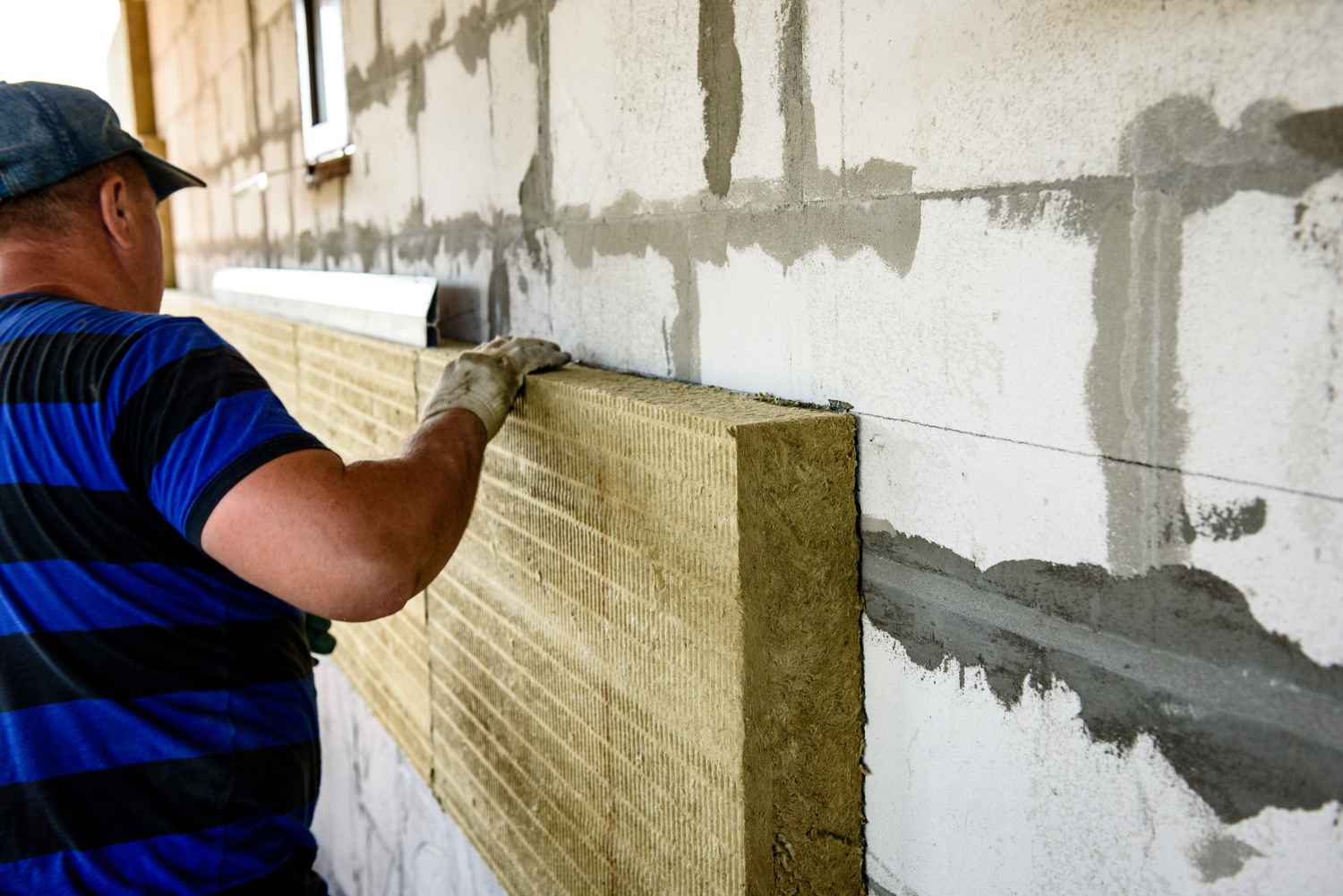Open floor plans have remained the current architectural trend in new residential construction for a few decades. The concept of open floor plans is in demand after doing various remodelling efforts that aim to merge different areas, such as kitchen, dining room and living room.
An open-plan home has numerous advantages, including improved natural light, increased space, and a vaster ambience than a traditional-style house. However, this architectural choice is not spared from its challenges. Residents of open spaces commonly point out their concern with this layout: the challenges and costs associated with effectively heating their homes when the colder seasons arrive.
How Do You Keep Your Open-Plan Home Warm?
Keeping an open-plan house warm can be challenging due to the large, interconnected spaces and potential heat loss. There are many helpful strategies to make a comfortable and energy-saving climate:
Insulation: Effective insulation is paramount for maintaining warmth within an open-plan house throughout the winter. When you guarantee that the walls, floors and ceilings are appropriately insulated, you create a barrier against heat loss, effectively containing the warmth indoors.
Central Heating System: A central heating system, like a heat pump or furnace, can evenly distribute warmth throughout the open space. Consider implementing a zone heating system, allowing you to regulate the temperature in specific areas as needed, which enhances energy efficiency.
Sealing Gaps: Address gaps around windows and doors using weather stripping to prevent drafts. Heavy curtains or window coverings further assist in retaining warm air while keeping cold air at bay, contributing to improved thermal comfort.
Fireplaces or Stoves: Fireplaces or stoves can provide heat and a cosy ambience to your open-plan space. If your home lacks one, consider installing these heating sources.
Rugs and Carpeting: Incorporate rugs and carpeting to add warmth and comfort underfoot. They serve as insulators, especially over hard flooring surfaces like wood or tile, keeping the floor temperature pleasant.
Strategic Furniture Placement: Arrange your furniture to create natural barriers within the open-plan space, helping trap warm air in specific regions and fostering comfortable and cosy areas for relaxation.
Warm Lighting: Opt for warm-coloured lighting, such as yellow or orange tones, as they create a sense of warmth and contribute to an inviting atmosphere.
It’s important to acknowledge that maintaining warmth in an open-plan house during winter can be challenging due to the free flow of warm air. However, combining these methods can help ensure your open-plan home remains warm and comfortable throughout the colder months.

What Makes Open Plan Home Energy Efficient?
There are a few reasons that make open-plan houses more energy efficient:
Natural Light: Open spaces in your home with no walls let sunlight enter quickly. That means you don’t need to turn on as many lights during the day. It helps you to save energy and spend less on lighting.
Heating and Cooling Efficiency: Open-plan designs facilitate better heat distribution and airflow, making maintaining a consistent temperature throughout the space more accessible. Additionally, central heating systems can be more efficient in open-plan homes than individual systems in each room.
Natural Ventilation: Open-plan homes often feature large windows and doors, promoting natural ventilation and reducing the need for mechanical ventilation systems, thus saving energy consumption.
Compact Space: Open-plan homes typically have a smaller square footage per room compared to traditional homes with walls and partitions. This compact layout results in less space to heat or cool, leading to reduced energy usage.
Wrapping it Up for You
It’s important to note that while open-plan homes offer these energy-efficient advantages, the actual benefits can vary depending on factors such as design, construction quality, location and how the space is used.
In some cases, open-plan homes may require increased energy consumption for heating, ventilation, lighting and cooling to maintain comfort, depending on specific circumstances and design choices. Open-plan homes with energy efficiency, incorporating features like high-efficiency windows, well-insulated walls and ceilings and energy-efficient appliances and lighting, can maximize their energy-saving potential.
Maintaining warmth in an open-plan house is achievable, and by adhering to the guidance provided in this blog post, you can ensure your home remains cosy throughout the winter.
Get in Touch with Us
Our specialists are ready to support you in creating a warm and comfortable living environment year-round. We can assist in designing an open-plan house that encompasses all the necessary elements to keep you and your family snug and content.

